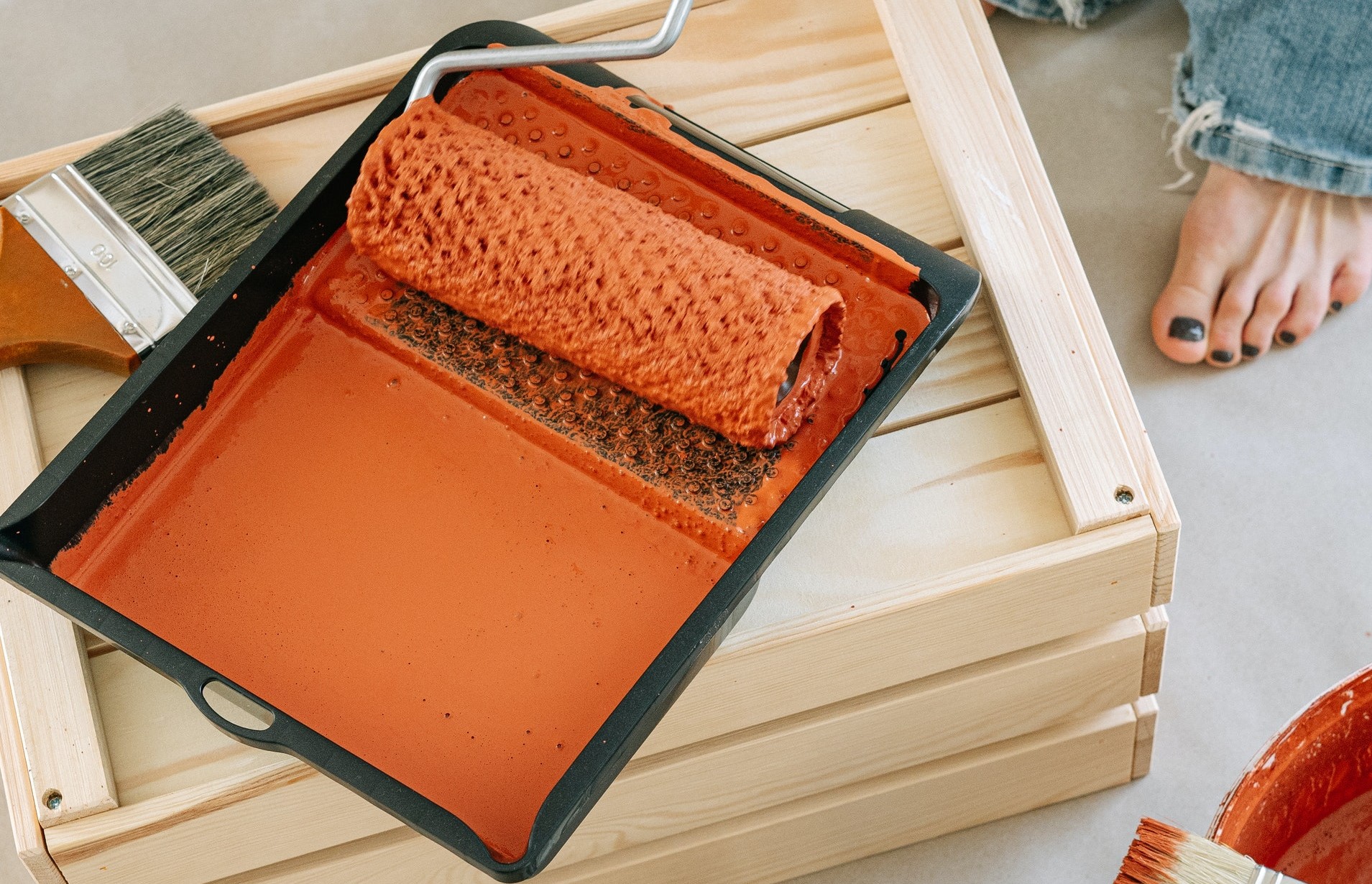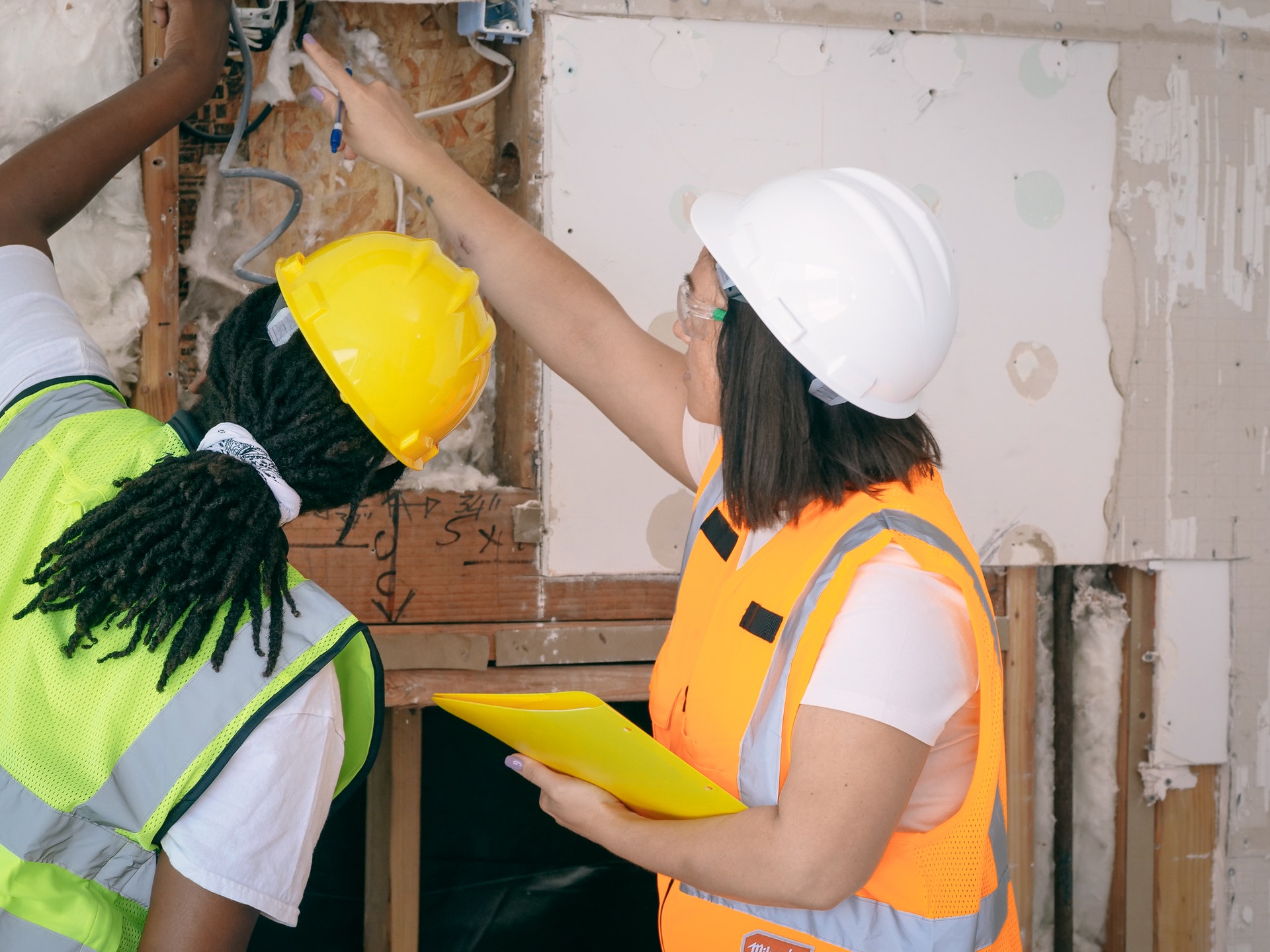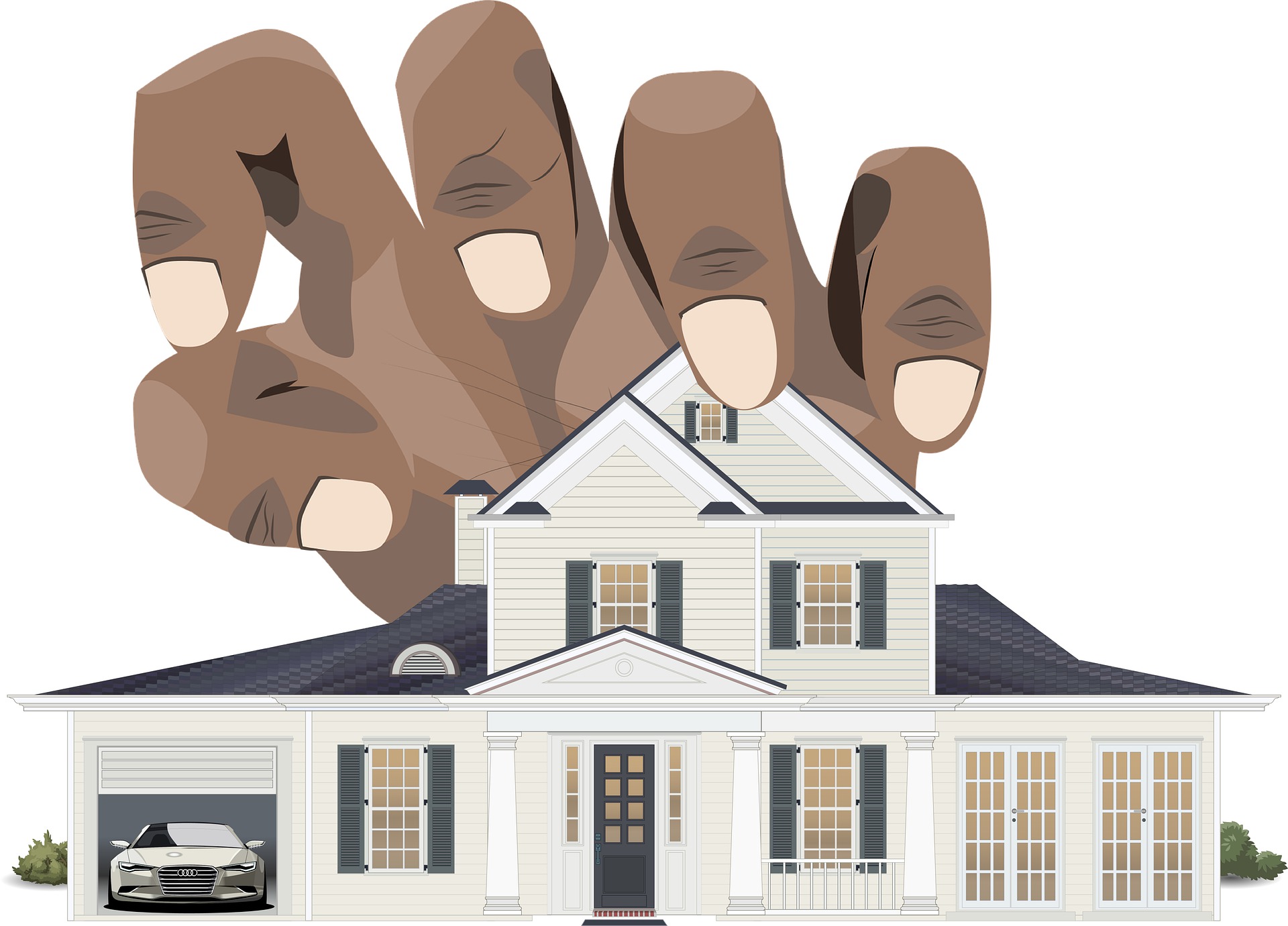Landlord Blog
Education and news for smart DIY landlords!
8 Best Tips to Flip Houses for Maximum Profit

House flipping is a real estate investment style where an investor buys a house, rehabs it, and quickly resells it for profit. It is one of the fastest and most lucrative ways to earn in the housing business. Let’s take a look at the latest housing statistics.
According to an ATTOM report, the flipping rate and gross profits have declined across the United States in the first quarter of 2021. However, this data was taken from urbanized housing areas where residents are fleeing to suburbs.
Compared to the first quarter of 2020, the flipping and profit rates of 2021’s first quarter increased. Now with mass vaccination efforts, investors, especially those from suburban areas, are expecting that their return on investment will significantly increase before 2022.
But that doesn’t mean that you should dive into flipping right away. Here are the strategies you must keep in mind to guarantee a flipping success and to stretch your profit margin as long as the market permits.
1. Choose the right neighborhood
Suburban real estate markets are the hottest today due to their demand. This isn’t just limited to the suburbs, eye urban markets with an increasing rate of move-ins. The goal is to buy the worst property in a great and expanding neighborhood, not the best house in a lousy area.
2. Inspect the property thoroughly before making an offer

Always be vigilant when viewing properties online. Know every damage in and out so you can create an estimated rehabilitation budget. You don’t want to buy a damaged home, have it repaired, and lose a huge portion of your profit because there’s still a problem your buyer discovered that was undisclosed by the previous owner.
3. Never overpay
Hot markets tend to make you as a seller overpay due to the competition. You must set clear objectives such as having a budget for purchasing a house, the rehabbing, processing, and closing costs. This will help you achieve or even stretch your expected profit margin. You should also learn how to send offers so that you can still secure a great deal without overpaying.
4. Don’t buy homes with damaged mechanicals
If you’re flipping with a small budget and don’t want too much work, go for houses that require only cosmetic or low-cost improvements. Avoid homes with outdated and weathered systems that will cost you a lot. You can still go for the high-risk high-reward route as long as you follow the tip from #1.
5. Know the in-demand home improvements on the market

The housing market has changed since the pandemic. Homebuyers are looking for properties with amenities that can entertain and keep them safe while the COVID-19 infection rates aren’t declining. For your future flipping plans, you must stay updated on the latest and in-demand home improvements because they will always change.
6. Get your financials in order
Have the cash or get a good credit score. Without proper funding, you won’t go anywhere as you won’t have the means to buy a home, make improvements, or even secure a loan from a bank.
7. Partner up with the best contractors
Flippers work a lot with contractors to make renovation projects successful. Choose a specific agency to do long-term business with. Not only does this make your flipping efforts easy to do because you can contact them right away, but they’ll also lower the prices of service and goods as an appreciation for your patronage.
8. Go for the discounted properties

Instead of browsing properties through traditional listing sites as a default, focus first on real estate wholesalers, local auctions, and foreclosure listings. These mediums offer properties at prices that are below their market value and can help you get the best deals for house flipping.
There are a lot of variables you can follow to make house flipping successful. Yet, the most important tip of them all is to really take your time for researching and doing all the necessary calculations.
